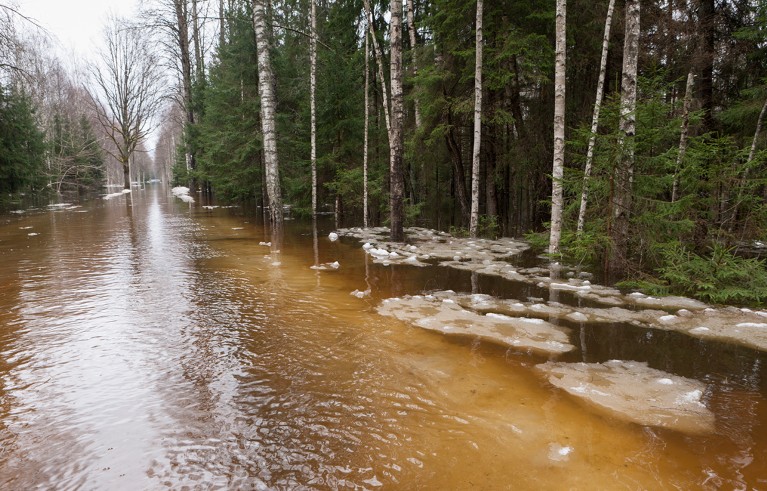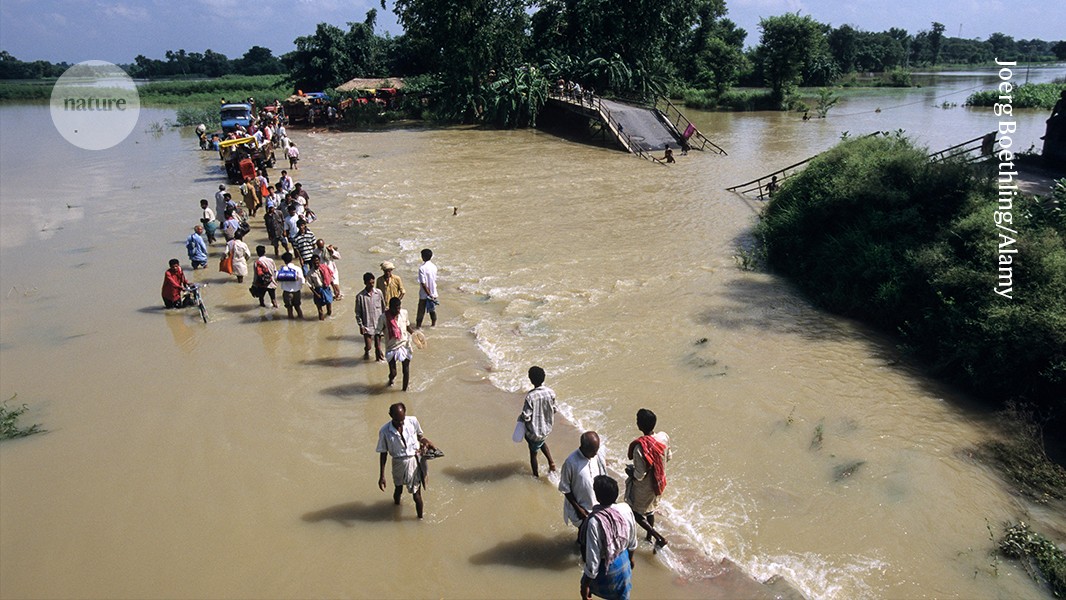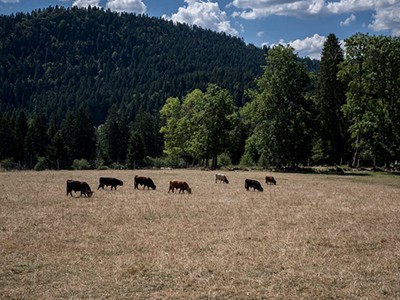Amphibious Anthropologies: Living in Wet Environments Edited by Alejandro Camargo, Luisa Cortesi and Franz Krause Univ. Washington Press (2025)
Coastal zones, river basins, marshes and other amphibious environments — where the boundaries between land and water are constantly redrawn —have always been places of shifting wetness. Climate change has deepened this instability, making the borders between wet and dry regions more erratic and unpredictable.
In Amphibious Anthropologies, nine essays explore these watery, in-between landscapes, offering insights from people who have long lived in the nebulous zones between land and water. These communities have learnt to adapt, to build sustainable futures in places where permanence is an illusion and where the ebb and flow of water is not a threat to be conquered, but a force to live with. The book is a guide for navigating a world in flux — taught by those who have always known that solid ground is not always solid.
Why farmers are beginning to take their government to court over climate change
Take the people living on the floodplains of northern Bihar, India. Accustomed to frequent flooding, they build circular embankments around their homes. The shapes of these embankments work with the flow of the water, encouraging it to go around them, rather than create sharp barriers that oppose the water. By contrast, the straight embankments introduced during British colonial rule in the nineteenth and twentieth centuries — and later replicated by democratically elected Indian governments — seek to confine and control the river. Such rigid structures often backfired: by presenting an unyielding barrier, they increase water pressure during floods, leading to dangerous breaches and widespread inundation.
The settings of the book’s essays — the floodplains in central India, the Fogliano wetlands in Italy, Jordan’s Dead Sea coastline, the Soomaa bogs in Estonia, the river valleys in the western United States, France’s alpine wetlands, the Colombian marshes, the tidal plains in the Bahamas and the Salton Sea in California — are wet environments that have been inhabited for centuries. These are places where wetness is an essential condition of life, and where human living is a process of “adaptation and respectful adjustment”.
Land and water
On the basis of insights from field studies and conversations with local inhabitants, 12 leading specialists in sociology, ecology and anthropology explore how governance, management and infrastructure decisions often fall short when guided by rigid binaries — such as wet and dry, alive and dead, beneficial and nuisance or natural and unnatural. These categories fail to capture the complexity of amphibious environments.
This is the case with the Salton Sea, California’s largest lake. Formed in the 1900s by flooding from the Colorado River, the lake has since been sustained by agricultural run-off from nearby farms irrigated by the river. But in the past few decades, water-transfer agreements to supply urban California have caused the lake to shrink year by year.
Wind blows toxic dust from the exposed lake bed towards the surrounding neighbourhoods, where asthma and other respiratory issues are prevalent at alarming rates. The shores are now strewn with the remains of dead birds and fish. This May, water finally began flowing into ponds in the southern region of the lake, part of the long-delayed Species Conservation Habitat Project, a ten-year effort to restore the habitat and improve its air quality. Although the project was announced in 2017, it stalled for years amid debates between local, state and federal officials over who should manage and restore the Salton Sea — and how.

A spring flood in Soomaa National Park in Estonia.Credit: Focus/Toomas Tuul/UIG/ Getty
Historically, the lake has dried and filled up again over centuries. For some, this history means that the lake should be allowed to die because it is an artificial system. Others rightly point out the detrimental effects of such a move on the people, fish and migratory birds whose lives are enmeshed with the lake’s ecosystem.
“Over time, different understandings and interpretations of the Salton Sea’s identity — as wet or dry, natural or artificial, dead or alive — have played into the difficult management challenges that the lake faces,” writes political ecologist Alida Cantor in the opening essay of Amphibious Anthropologies. Focusing on what the lake does, not what it is, she says, can help to reframe debates about the lake’s management.



